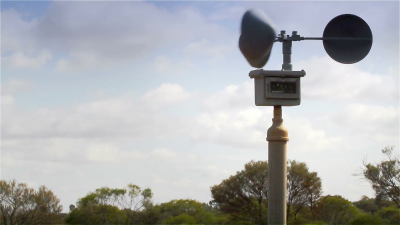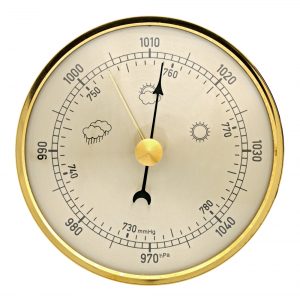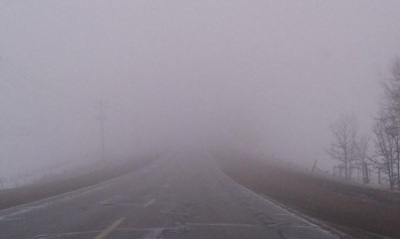When did weather forecasting begin?

People have been able to forecast the weather for hundreds of years. Meteorologists have used simple instruments like thermometers, rain gauges, barometers and wind gauges for many years, but with the arrival of satellite photography, weather forecasting has been transformed. With the use of computers, increasingly accurate forecasting is now possible.
Traditional forecasters have been known to use pine cones, which open and close according to the humidity of the air. An open cone is supposed to mean dry weather. Seaweed also responds to changes in humidity. Dry seaweed indicates dry weather.
Fact File: There is an old saying regarding the weather: if the oak tree has its leaves before the ash then it will be a fine summer. |
Picture Credit : Google

